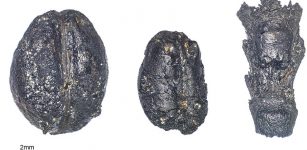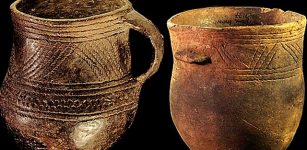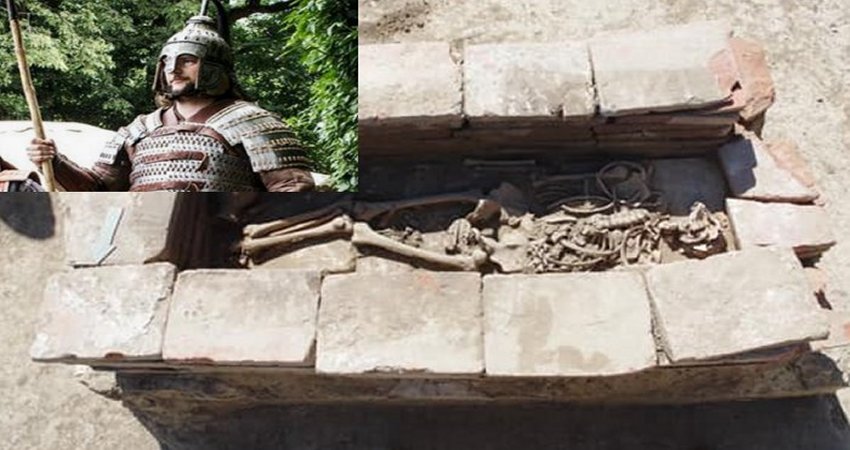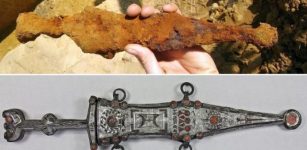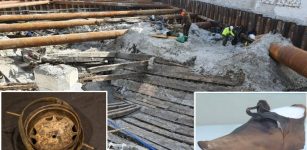Outstanding 2,600-Year-Old Jewelry Found In Burial Chamber Of Celtic Princess In Hallstatt, Austria
MessageToEagle.com – As many artifacts have already revealed, there is no doubt that ancient Celts were very skilled craftsmen who produced outstanding jewelry.
Scientists are currently examining 2,600-year-old jewelry and human remains that were found in a Celtic Princess grave in Hallstatt, Austria. The burial mound is of Celtic origin, from the Iron Age period when the Celts occupied present-day Germany and traded with the rest of Europe.
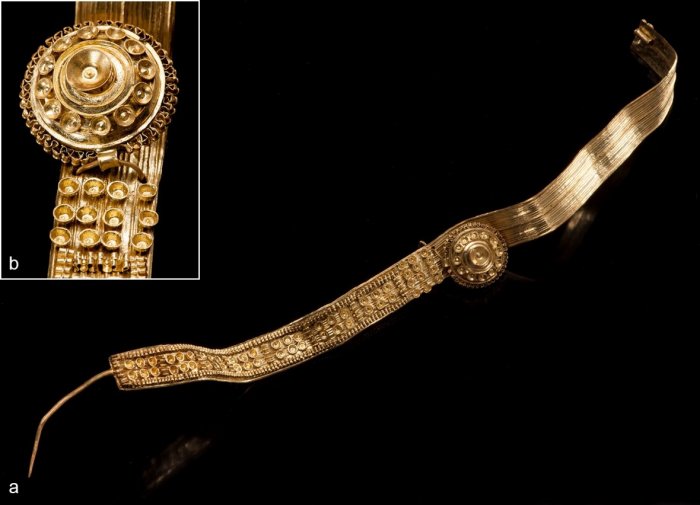
The richly furnished grave the Celtic elite woman was discovered close to the Heuneburg, the earliest proto-urban settlement north of the Alps. Her remains were adorned in gold, bronze, amber and jet jewelry. Not far away, just about half a meter away from her, scientists came across the remains of a girl thought to have been between two and three years old.
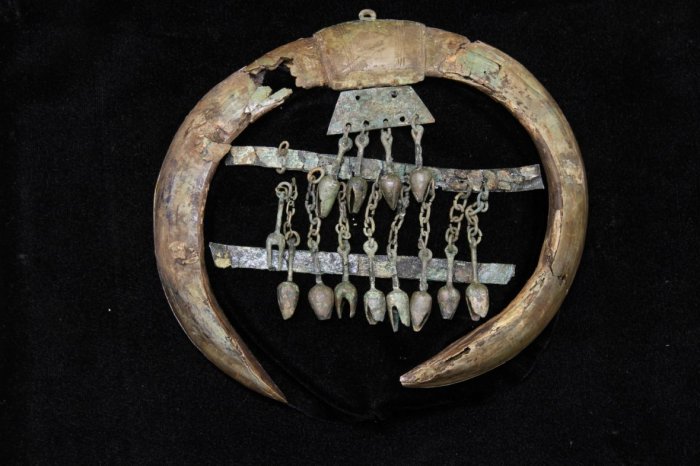
The infant female burial close to the main grave included gold jewelry made for a child but similar to that of the woman. The gold broaches worn by the woman and the child are very similar which suggests there was a family relationship between them.
See also:
10 Ancient Celtic Symbols Explained
Secrets Of Mysterious Celtic Princess Of The Danube Revealed
Anartes: Forgotten Celtic Tribe And The Hercynian Forest With Strange Animals
“The broaches are very similar in decoration and style,” study author Dirk Krausse of the State Office for Cultural Heritage, Baden-Wuerttemberg, told IBTimes UK.
“By typology and ornamentation decoration, they are from the same period – probably from the same goldsmiths.”
“They are very special. We have no parallels to compare from the other graves. They’re only known up to now from these two graves.”
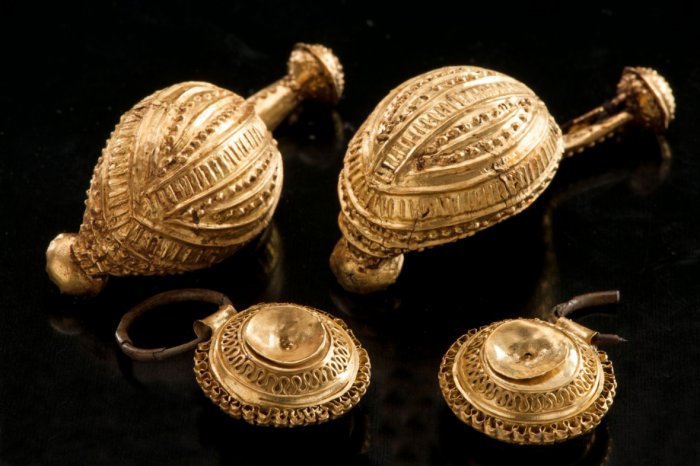
The grave site has now been moved to a laboratory in Stuttgart, Germany where everything will be examined in detail.
Biological remains have been retrieved from the woman’s skeleton, but there are not enough remains from the child to do a DNA test, Krausse said. Only the enamel from the child’s teeth now remains.
At the moment, DNA sequencing technology is not advanced enough to work on the fragments of biological remains from the child’s grave. “But in 10 years, 20 years, maybe we will have the technology,” Krausse said.
The excavated site was transported to the State Office for Cultural Heritage, Baden-Wuerttemberg in 2011.
The location of this particular grave is likely to be the reason both for the preservation of the remains and the absence of looting.
“We were quite surprised that this grave of this woman was not robbed,” Krausse said. “It is close to a small river or creek and it is very wet there, so it’s a kind of bog. The other graves which were robbed in antiquity lay on drier ground. Most of the time there was water in this grave chamber, so it’s not easy to loot.”

Beautiful Hallstatt is not only the world’s first cloned village, but also a place that holds many ancient secrets that can help shed new light on Celtic life.
MessageToEagle.com

